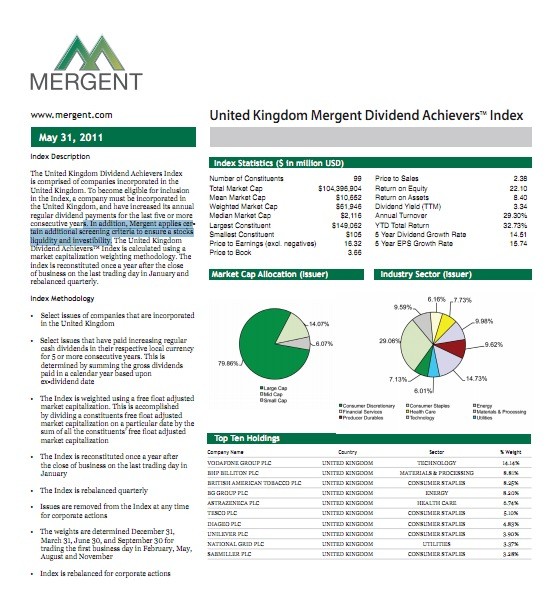Screening for the top 10 deep value AIM stocks
Post on: 27 Май, 2015 No Comment

20pound%20sign_0.jpg /%
This is the fifth article in our series on how to screen the stockmarket for winners. Last week we introduced a checklist devised by Professor Joseph Piotroski which has a canny knack of separating the winners from losers in baskets of value stocks. This week we introduce the ideas of the popular quant James O’Shaughnessy, and his startling techniques for building market-beating value portfolios. Read on to find out how to rank the stockmarket for value.
Choose your weapons carefully
Our old friend Ben Graham once said that in the short run the market is a voting machine but in the long run it’s a weighing machine snappily illustrating one of the critical ideas for stock market success — that the market over-reacts and mean reverts. This is the value effect writ large, that portfolios of cheap stocks have a tendency to outperform expensive stocks.
But how do you define cheap? While there are advanced techniques for figuring out the intrinsic value of a share, most private investors prefer to use relative value ratios which allow quick comparison between stocks.
In general relative valuation is done by comparing a company’s share price against either what it earns or what it owns. The price/earnings ( P/E ) ratio, price/cashflow (P/CF) ratio, dividend yield, EV/ EBITDA ratio, price/sales (P/S) ratio all aim to judge price against what a company earns, while price/book (P/B), price/tangible book, price/net current assets, price/cash (P/C) and so on all compare a share’s price against what it owns.
Investors are a very sectarian bunch and usually stick to one or a few of these ratios rigidly — dividend investors build portfolios with the yield, private equity choose companies using EV/EBITDA measures, asset turnaround specialists like book value measures. Almost all the studies into value investing have found that over the long term the returns to portfolios based on any of these value ratios are correlated and have similar risk and return profiles.
What one does find though is certain styles of value ratio come into vogue at different times in different market cycle. A brief glance at recent history shows that this is so:
● In the late nineties the price to sales ratio was the most effective measure as dotcom companies couldn’t be valued on profits.
● In the recoveries from most bear markets the biggest bargains judged by asset based measures (P/B, P/C) often massively outperform.
● Between 2002-2007, EV/EBITDA based metrics were all the rage as the credit bubble grew and private equity sought to buy companies outright.
● More recently in this low interest rate era the dividend yield has been among the most successful value metrics as investors have thirsted for yield.
So how can one build a perennial strategy based on a just one of these ratios? If you stick to the P/E ratio at all times you could find that you massively underperform the market for a lengthy period as it falls out of vogue. Nobody can handle that kind of underperformance and the risk is you throw in the towel on your strategy right at the wrong time. Is there a solution?
Reduce risk and improve returns with a composite value rank
James O’Shaughnessy has become one of the great popularisers of systematic investing based on fundamental statistics. Born in 1960 he’s the founder, chairman and CEO of OSAM (O’Shaughnessy Asset Management) but is possibly most famous for his immensely influential 1997 publication What Works on Wall Street .
In the fourth edition published recently, he illustrates how to build a composite value score for every stock in the market that blends a set of six standard value ratios — P/S, P/E, P/B, P/CF, EBITDA/EV, and yield.
Imagine taking a spreadsheet and sorting all the stocks by their P/E ratio from expensive to cheap. Each stock is ranked from 1 (expensive) to 100 (cheap) in this set, and the process is repeated for each of the other valuation ratios. Once complete, a composite is calculated as the average of all.
Given the above background about how different ratios perform better in different eras, it’s perhaps unsurprising that if you’d bought the cheapest stocks in the market based on this composite measure you’d have got better overall returns with less risk than using the ratios individually.
For example between 1964 and 2009 — using P/S alone — the cheapest 10% of stocks picked by their P/S ratio returned 14.49% with a standard deviation (volatility) of 20.68%. But by using the composite value rank instead the return was improved to 17.3% and the standard deviation reduced to 17.1%. More returns at less risk!
But does it really work?
At Stockopedia.com we’ve been using a similar technique to create our ValueRank — one of a set of StockRanks that score all the companies in the UK markets for value, quality, momentum and growth. The performance of the ValueRank has been startling to date, with the top 10% cheapest stocks by this measure massively outperforming the market — returning 22% vs the FTSE All Share ‘s 6% since April 2013.
(click to enlarge)
The top 10 AIM stocks by market cap currently qualifying in the top 5% cheapest shares in the market by this O’Shaughnessy inspired ValueRank measure are listed in the table below.
Just to add fuel to the fire Quindell (QPP) comes right at the top of the cheap bucket — massive problems at this software company make this certainly not a stock for widows and orphans — though others on the list are no less controversial. Cenkos Securities (CNKS), Highland Gold Mining (HGM), Mission Marketing (TMMG) and Netplay TV (NPT) top the list — while the full list of 23 stocks can be found at the Stockopedia.com website.














